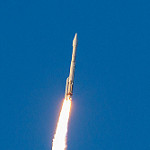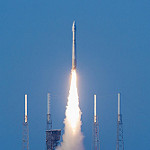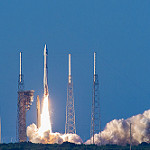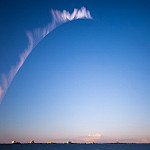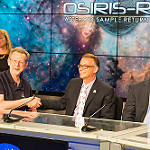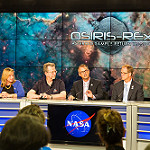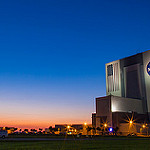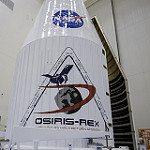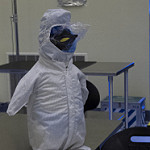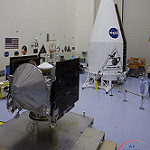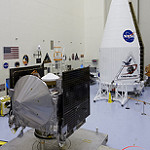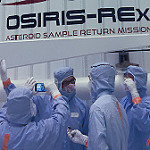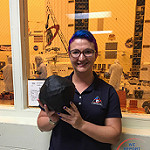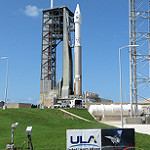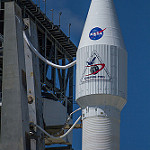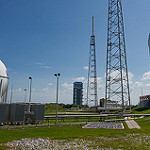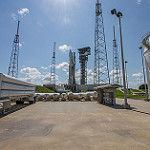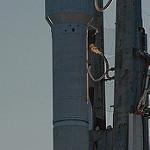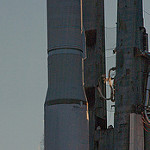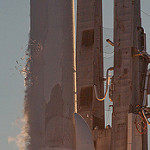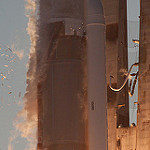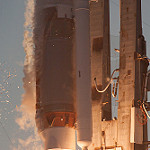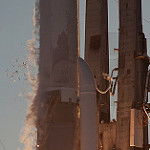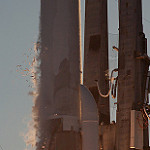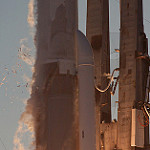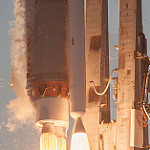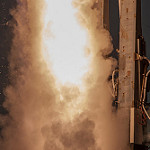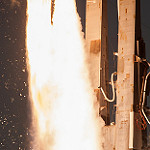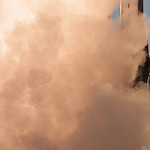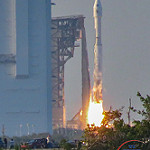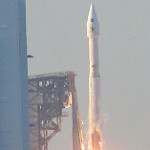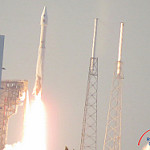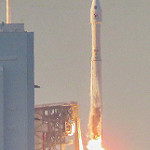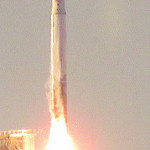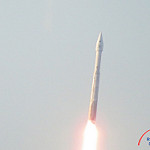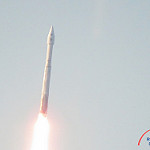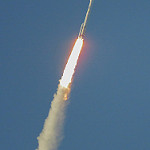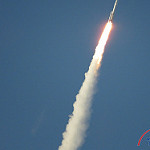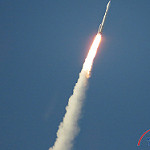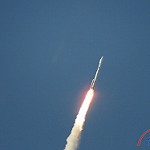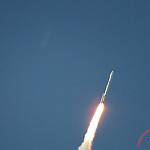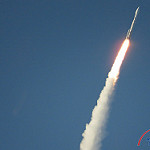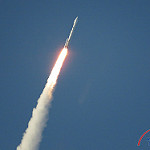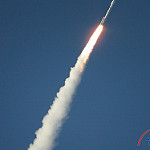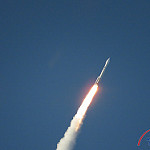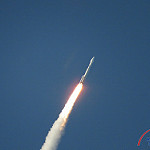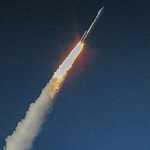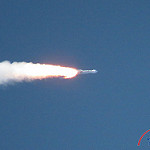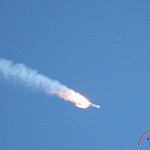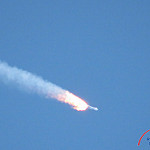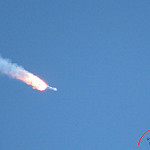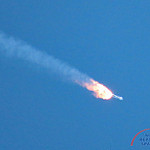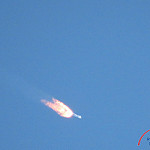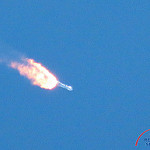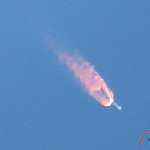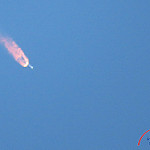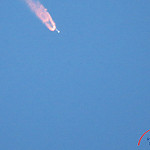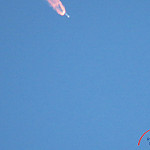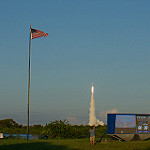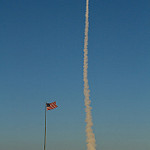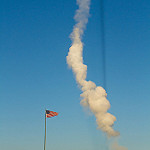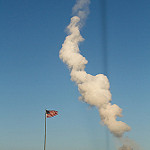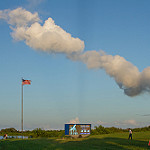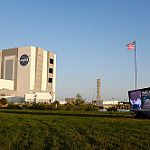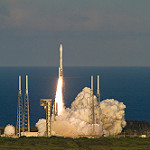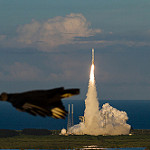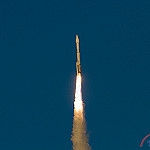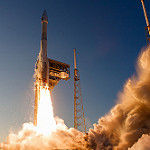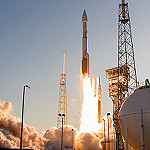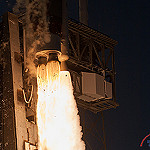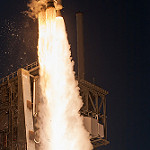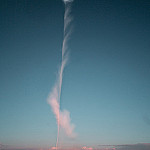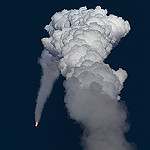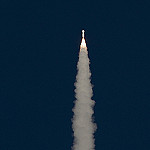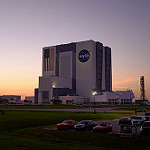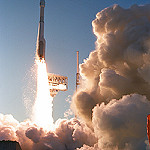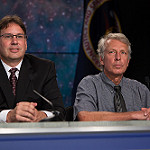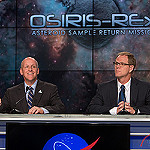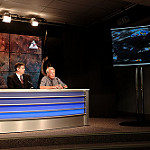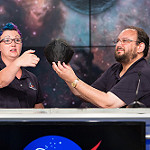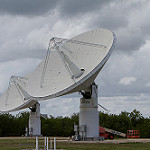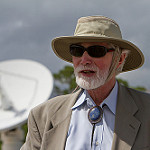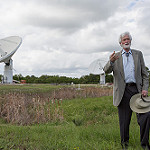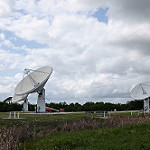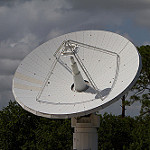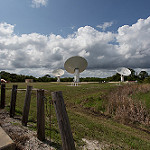OSIRIS-REx To Attempt TAG of Asteroid Bennu
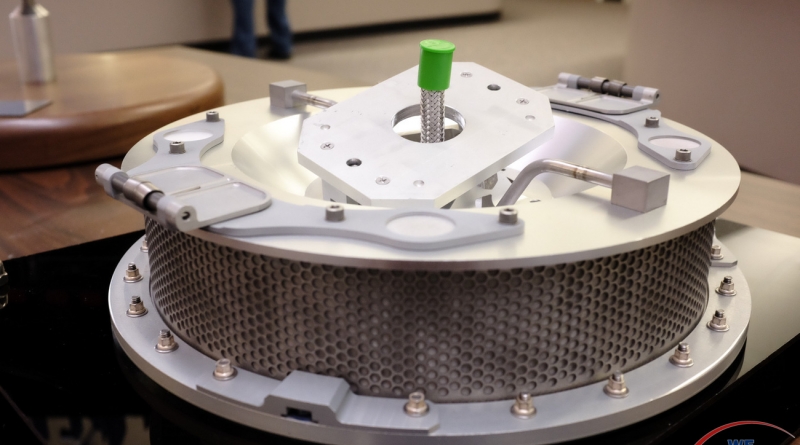
Using detailed topographic maps created of asteroid Bennu for navigation, the OSIRIS-REx spacecraft will attempt a Touch-and-Go (TAG) maneuver on the afternoon on Tuesday, October 20, 2020. If successful, the spacecraft will collect between 60 grams and 2 kilograms of the surface material of Bennu. The sample could collect from tiny grains to particles up to 2 centimeters. Program scientists won't have an indication until Wednesday about the success of the collection process.
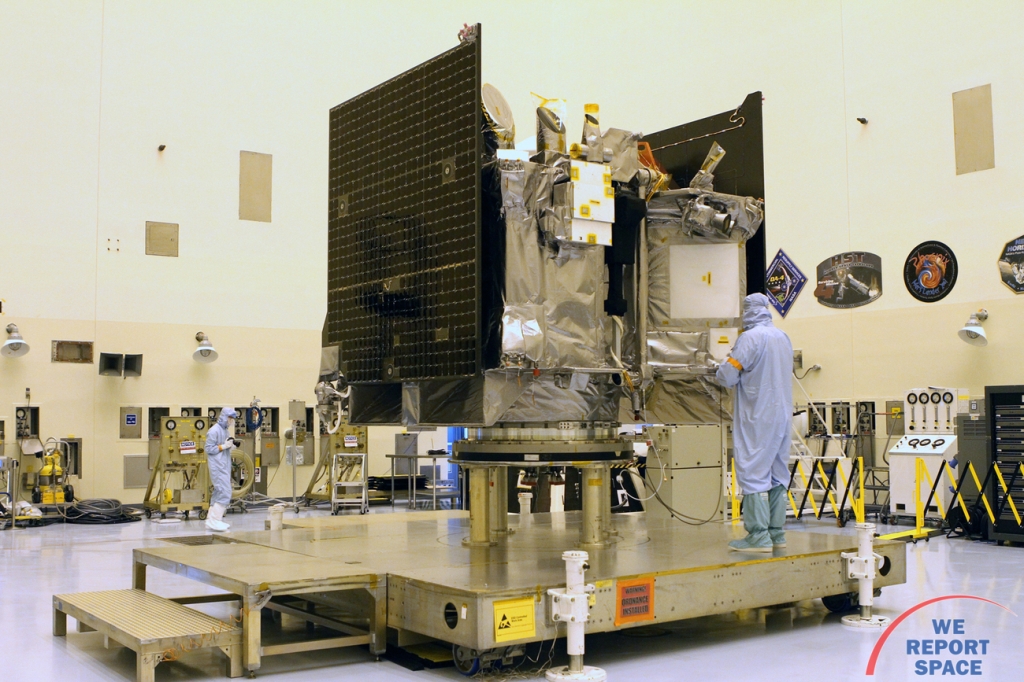
There is currently a 18.5 minute communication lag between Bennu and Earth. All of the final navigation to approach the Nightingale crater will be pre-loaded into the spacecraft. The program for the three burns will be uploaded on Tuesday morning to the spacecraft. OSIRIS-REx is currently in a 900-meter orbit above Bennu. At 1:30PM eastern time, an Orbit Departure Maneuver will begin a four-hour journey to get to 100 meters above the collection site. A check-point maneuver will turn the spacecraft so the collection arm is pointed towards Bennu. It will take about 10 minutes to get within 50 meters. Ten minutes later, the spacecraft will touch the surface of Bennu and use compressed nitrogen gas to disturb the surface of Bennu while the collection arm sucks in particles up to 2 cm in diameter.
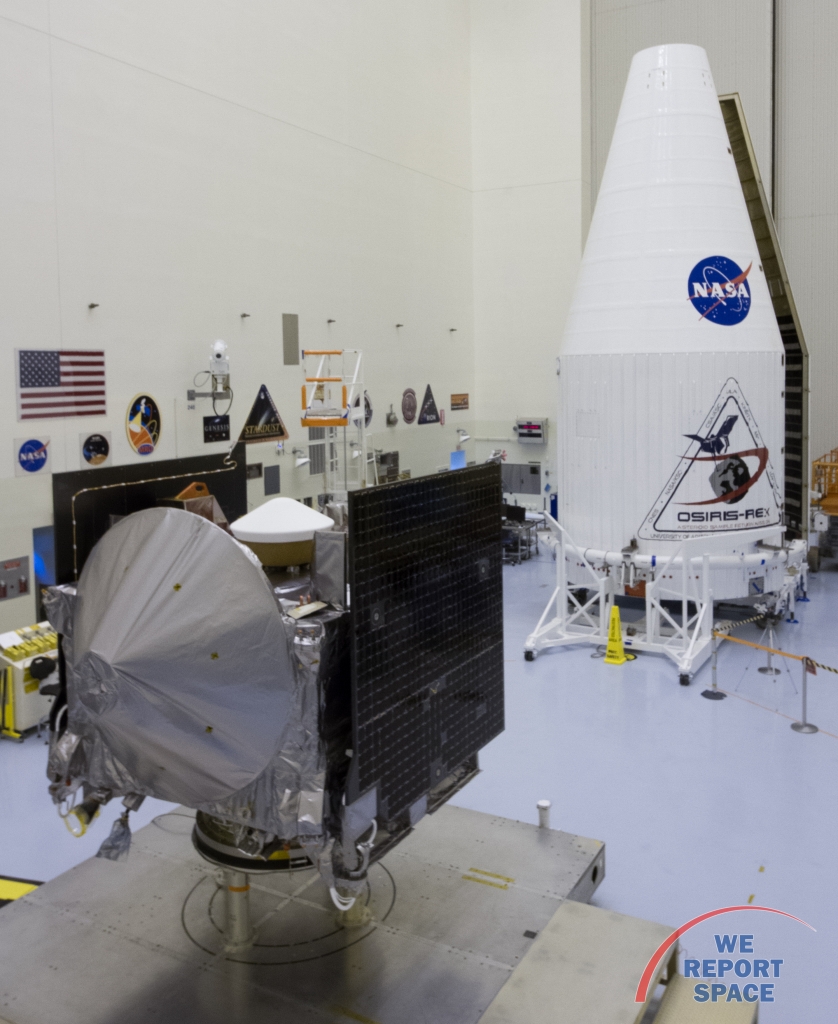
Because of the 18-minute communication delay, confirmation of the TAG maneuver should reach Earth by 6:12 PM eastern. NASA-TV will begin broadcasting OSIRIS-REx updates at 5PM eastern.
Bennu's surface is more hazardous that originally believed. The original plan was to navigate using LIDAR to within 25 meters of a selected sample site. However, there are too many boulders that need to be avoided and the spacecraft has to be accurate to within 7 meters. Lockheed Martin switched to using navigation by comparing images taken by the spacecraft to known hazard maps created by the spacecraft over the last two years.
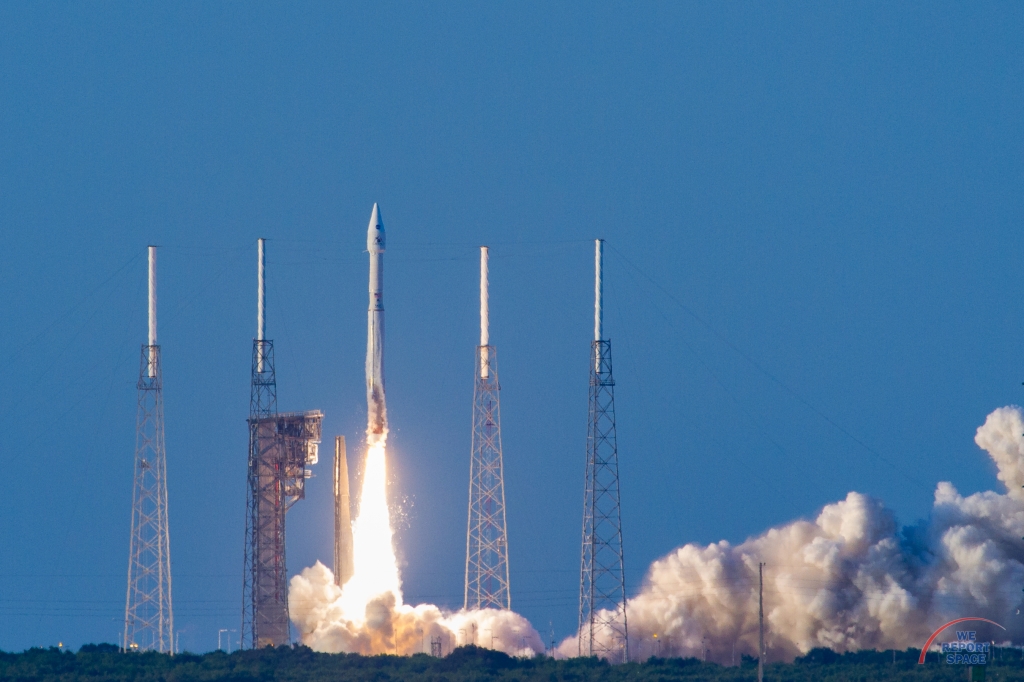
If the images aren't matching to the maps, OSIRIS-REx can make a decision to wave off the sample collection. This can happen anywhere from 125 meters to 5 meters above the surface. Current models predict a less than 6% chance of an abort today. However, if the abort happens at 5 meters, the thrusters will disturb the surface, invalidating the hazard maps at Nightingale crater. A second attempt would have to use a backup landing site known as Osprey.
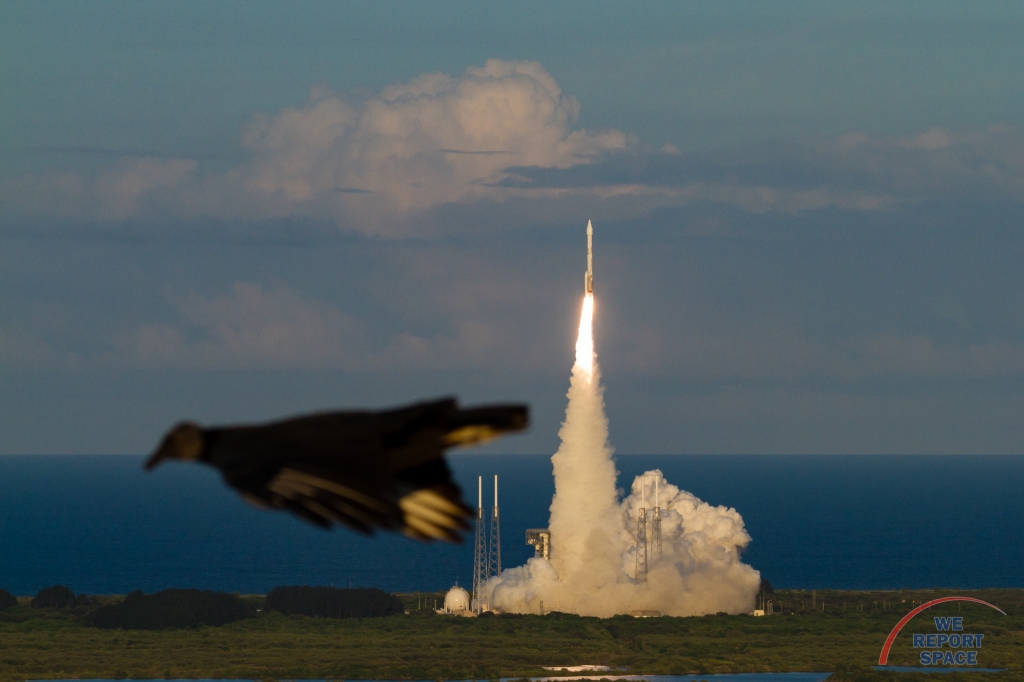
Once the sample collection is complete, the spacecraft will move away from Bennu. By Tuesday night, a high-speed data link will be established and imagery from the collection attempt will be transmitted to Earth. The imagery should provide an indication of how much material is disturbed and collected. The OSIRIS-REx team plans to share this imagery by 5 PM on Wednesday October 21, 2020. The actual measurement of material collected will happen on Saturday October 24, 2020 when the team will spin the spacecraft to measure a change in mass. NASA will make the final determination if enough material was collected on October 30, 2020. If the collection produces less than 60 grams of material, there are two more opportunities to collect more in the coming weeks.
If the collection is successful, the sample will return to Earth on September 24, 2023.
Photos

Stunning, full color photo book covering every east coast launch spanning 2014-2015, including the first-ever powered landing of a SpaceX Falcon 9 rocket.
More Info